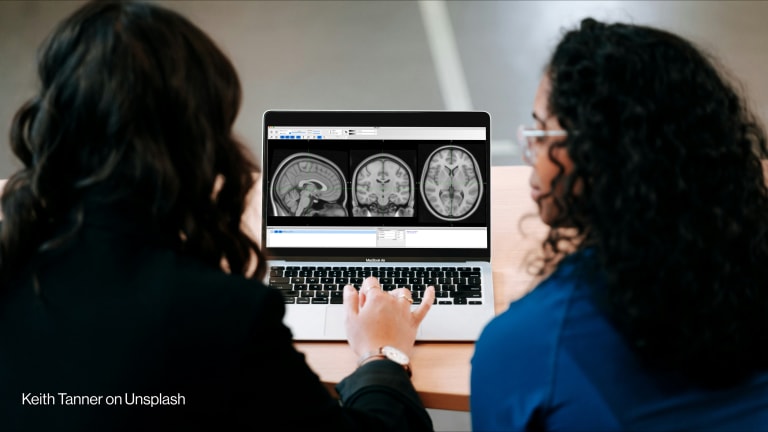They range from the simple to the astounding, the familiar to the science fictional. Sensors are all around us, capturing information and turning it into something else: an electrical signal, the basis for a decision, a diagnosis, a warning.
Sensors are hardly a new technological phenomenon, but their portability and connectedness, their newfound capacity to feed the cloud of global information is set to revolutionize many of the tasks and challenges that define global development — and they could reshape the way we collect, share and use information about ourselves and our environments.
A sensor can be as simple as a thermometer, converting temperature changes into numbered mercury readings that help people understand and track their environmental conditions. Sensors can also detect and report on pressure, humidity, vibrations, blood glucose levels and a wide variety of other things that characterize the world, or worlds, that we live in, from the very small to the very large and everything in between.








